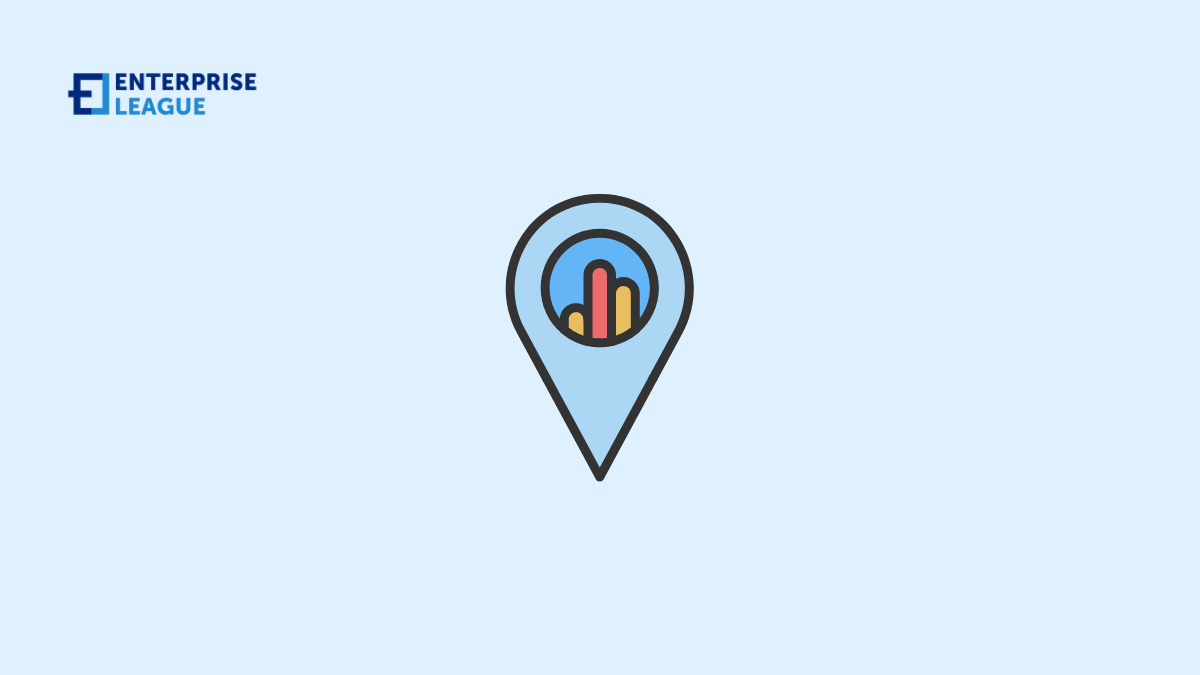Although not everyone might know what geospatial data is, it has become an integral part of people’s daily life. From navigating a way through a digital map on a phone to tracking a package — geospatial data is involved. However, no matter how much we use this data in our everyday life, it is still often misunderstood and underutilized in businesses.
Geospatial data can be sliced into three main elements: location; an object, event, or phenomena; and temporal information. For businesses, it can offer invaluable insights into their operations and any bottlenecks, helping to facilitate planning and management based on reliable location- and time-tied data. For example, one of the biggest industries that leverage the power of geospatial data is agriculture. Farms and related businesses make great use of satellite imagery analytics specifically, extracting all the necessary data on particular fields and crops through time, planning activities, and the use of resources wisely and aligned with sustainability principles.
What is geospatial data analysis
Geospatial data refers to information that is connected to an object and its geographic location. Such information is provided in the form of coordinates and topology. Due to the large-scale development of information technologies, wide Internet coverage, and the advent of new technologies, the volume of this kind of data, which is created daily on billions of devices, including smartphones, tablets, cameras, radars, etc., is growing tremendously. The whole world is already looking at ways to analyze and use this data for their own needs.
Looking at different countries and their experiences, the defense, and security sector seems to be most interested in using geospatial data, alongside logistics and transportation, agriculture, land management, and construction. Through the use of geospatial data analysis, many public administration tasks can be accomplished with a minimum of resources. But geospatial data is not only useful for governments. Geospatial systems are currently somewhat underestimated by business people, while they can be used for business development very effectively. Luckily, gradually the use of this kind of data for solving business tasks seems to increase as the understanding grows that knowing one’s location is crucial for making effective decisions. In the future, companies that integrate geoanalytics into their business and use space to improve the profitability of their business will be ahead of the competition.
How geospatial data caters to businesses
For retailers, caterers, financial institutions, and service providers, the location of customer contact points in convenient and profitable geographic locations is of fundamental importance in terms of competitive advantage, as well as the use of data on the location of similar competitor locations about geography. With the help of different tools available in the geospatial data analytics market, the companies’ management can define development directions more precisely, analyze business profitability in certain regions or city districts, optimize logistic routes, find out about the opening of new competitors’ outlets and ensure the company’s growth. Let’s define the core benefits geospatial data can provide businesses with.
Timely issues detection
For instance, geospatial data can help a business see that client complaints are coming from the same area. Therefore, managers can analyze the situation there, find the cause of the issue, and take appropriate actions. The same tactic can be applied if there is a noticeable rise in demand in a particular area, which means an opportunity to gain profit there.
Data-driven decision-making
Geospatial data analysis enables businesses to make smarter decisions by providing all the necessary and relevant information. With this data, experts can estimate potential threats and uncover opportunities that may not have been on the surface otherwise.
Demand forecasting
Geospatial data can also be used to better understand logistics, distribution, supply chains, and demand forecasting, which means an opportunity to evaluate consumer activity at particular locations, detect demographic changes that impact sales, uncover trends for any area using custom-defined locations, and more.
Competitive advantage
Geospatial data helps businesses understand their customers better, which is always a competitive advantage. With geo-tied data, businesses can make more informed decisions while gaining a better understanding of a situation on the market.
Conclusion
Geospatial data is quite important to the development of businesses. Аlthough this data can help a lot, still, many business owners underestimate the benefits of using this technology in marketing because they do not fully understand it. For this technology to be fully understood, we have done our best to explain what geospatial data is and how it can benefit business owners.
More must-read stories from Enterprise League:
- The golden rules you need to build a steady buyer-seller relationship.
- Are you being professionally ghosted? Learn how to handle it the right way.
- 23 smart pricing strategies to help you with pricing your products.
- 26 proven customer appreciation ideas that business owners should implement.
- Engaging virtual networking events that you should not miss.
Related Articles
How to turn your hobby into a business in 2024
How long have you been dreaming to turn a hobby into a business and swim in cash? Stop dreaming, read our article and take action.
Home office security: 10 cybersecurity tips for remote workers
Working from home has become a reality and there are new challenges associated with remote work and maintaining the security of sensitive information.
6 supply chain challenges and how to solve them
When your business works with physical products it won’t be long until certain supply chain challenges arise. Knowing how to deal with these supply chain issues is crucial.
How to turn your hobby into a business in 2024
How long have you been dreaming to turn a hobby into a business and swim in cash? Stop dreaming, read our article and take action.
Home office security: 10 cybersecurity tips for remote workers
Working from home has become a reality and there are new challenges associated with remote work and maintaining the security of sensitive information.





